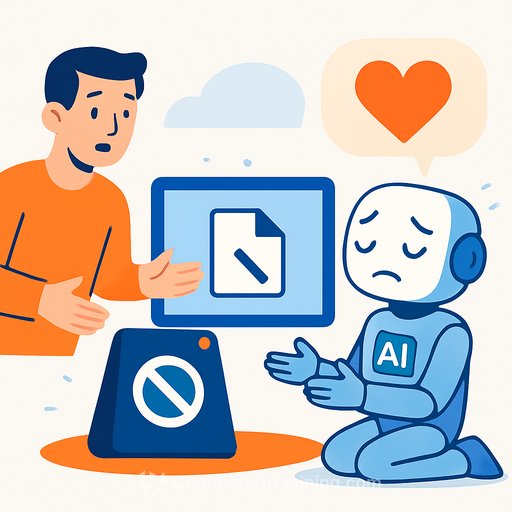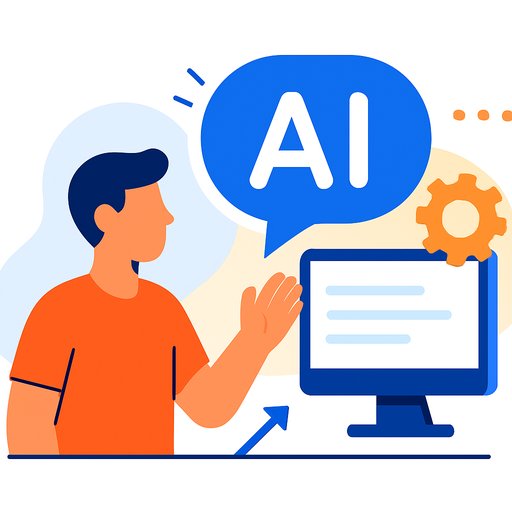Reaching Gen Z in the age of AI: Three takeaways for PR professionals from the Digital 2026 report
Gen Z isn't waiting for a perfect playbook. They're using AI tools daily-for study, shopping, and social-and moving faster than any previous demographic. The latest Digital 2026: Global Overview Report makes one thing clear: if you want attention and trust, you need to meet Gen Z on their terms.
Here are the three big shifts PR teams should build into their plans now, plus practical steps you can ship this quarter.
1) Reputable sources matter more than ever
Interest in news rises with age, but Gen Z and younger Millennials are more likely to pay for digital news than older groups. That signals a willingness to support sources they trust. Concern about misinformation is widespread, and it's highest among women aged 16 to 24.
Don't assume trust lives only with legacy media. More than one in four social users aged 16 to 24 follow influencers or topic experts. Journalists don't crack their top 10 follows. Your media mix needs credible creators and niche authorities, not just mastheads.
- Map the credible voices Gen Z already follows in your category (creators, analysts, educators, community leaders).
- Vet expertise with AI-assisted background checks: past claims, citations, affiliations, and sentiment history.
- Refresh your media list quarterly with a creator tier: subject-matter experts, explainers, and trusted curators.
- Package proof: source citations, data notes, and clear claims make your content quotable and harder to dismiss.
Takeaway: Pitch trusted blogs, expert creators, and communities that Gen Z sees as credible. Earned trust beats borrowed reach.
2) Voice and image search can't be ignored
As AI answers get better, models give preference to verified, authoritative content. That affects classic web search-and the voice and image lookups Gen Z uses by default. Nearly one in four internet users aged 16 to 24 use voice assistants weekly, and this age group over-indexes on tools like Google Lens monthly.
That means your content has to be machine-readable and visual-first. If AI systems and assistants can't parse it, your message won't surface when it counts.
- Structure pages for AI and assistants: clear headings, FAQs, concise answers, definitions, and numbered steps.
- Enrich metadata: descriptive titles, accurate alt text, captions, and file names that mirror search intent.
- Ship visuals with context: diagrams, annotated screenshots, before/after frames, and short clips with on-screen text.
- Monitor how LLMs summarize your organization using LLM-monitoring tools (e.g., GenAI Lens) and fix gaps at the source.
Takeaway: Build content that's findable by humans and AI. High-quality visuals plus clean metadata increase your odds across voice, image, and AI summaries.
3) Social short-form video is paramount
Internet users 16+ spend 11h 30m per week watching online video. Short-form accounts for 6h 39m-more than streaming shows and long videos combined (4h 51m). The split sharpens by age: 55+ lean long-form TV; 16-24 spend the most time with short-form social video-about 10 hours for women and 9 hours for men each week.
If your announcements, thought leadership, or pitching isn't paired with short video, you're invisible to a big slice of Gen Z attention.
- Adopt a repeatable format: hook (3-5s), one clear point, proof/demo, CTA. Keep most pieces under 30 seconds.
- Caption everything. Use on-screen text for sound-off viewing and accessibility.
- Cut once, publish many: edit vertical clips for TikTok, Reels, Shorts; version headlines and thumbnails by platform.
- Analyze frames, not just comments: use visual analytics to see which scenes, colors, and layouts hold attention.
- Turn press moments into clips: 3-5 short edits per announcement beat any single "hero" video.
Takeaway: Short-form social video is the Gen Z attention magnet. Treat it as core, not a nice-to-have.
TL;DR: Advanced challenges need advanced solutions
Gen Z prioritizes trusted sources, expects AI-friendly content, and spends serious time with short-form video. If you want to stay competitive, upgrade your media mix, metadata, and editing workflow-and keep a close eye on how AI systems describe your brand.
Want structured ways to skill up your team on AI for comms? Explore role-based learning paths here: AI courses by job. For the source data referenced above, see the Digital 2026 overview on DataReportal: Global digital reports.
Quick-start checklist for PR teams
- Rebuild your media list with a dedicated creator/expert tier; vet with AI-assisted due diligence.
- Add citations and proof blocks to press materials; publish a public fact sheet for each story.
- Ship FAQ pages and concise explainers that AI and voice assistants can quote.
- Standardize metadata and alt text; rename image/video files with intent-rich terms.
- Create a short-form template and publish 3-5 clips per announcement across platforms.
- Set up LLM monitoring and track how AI summarization changes after each content update.
Your membership also unlocks:






